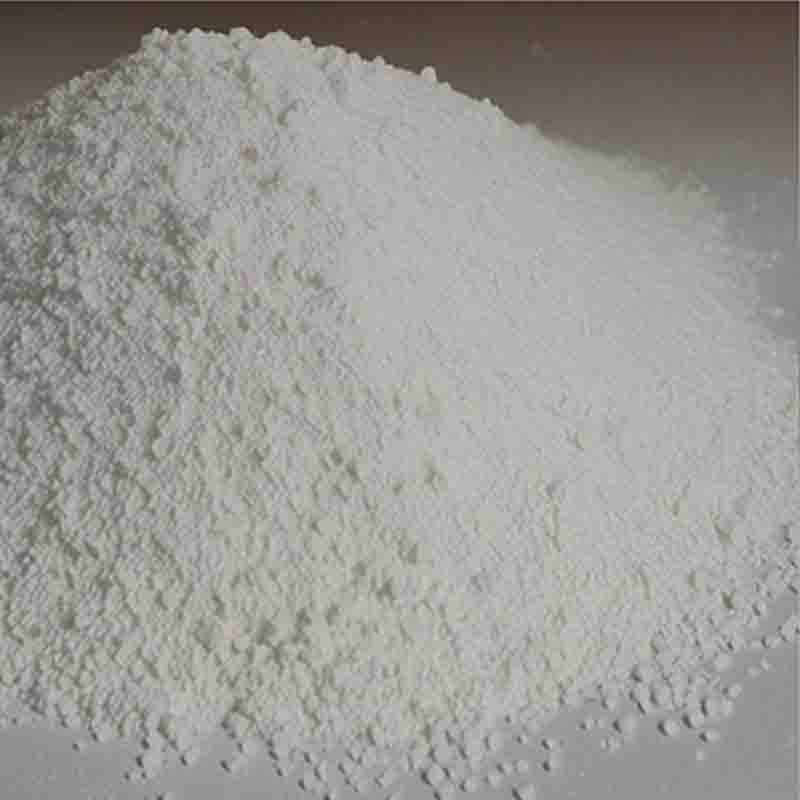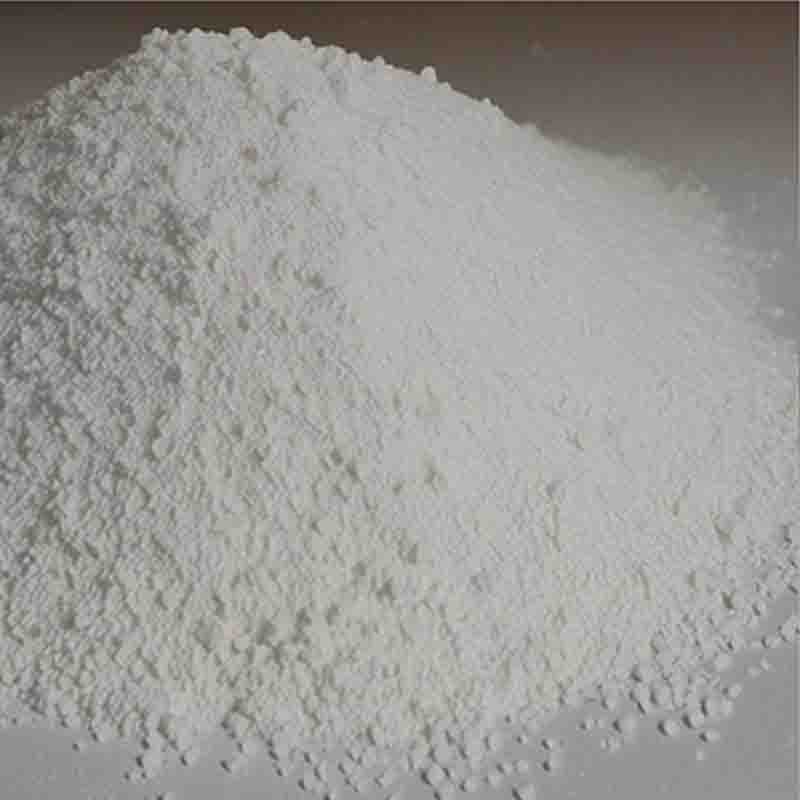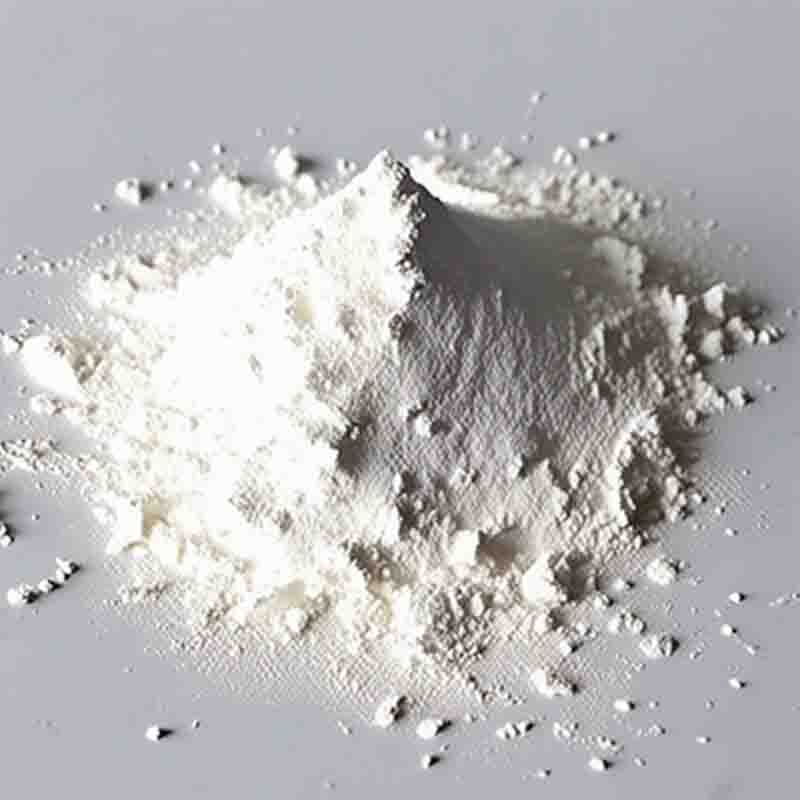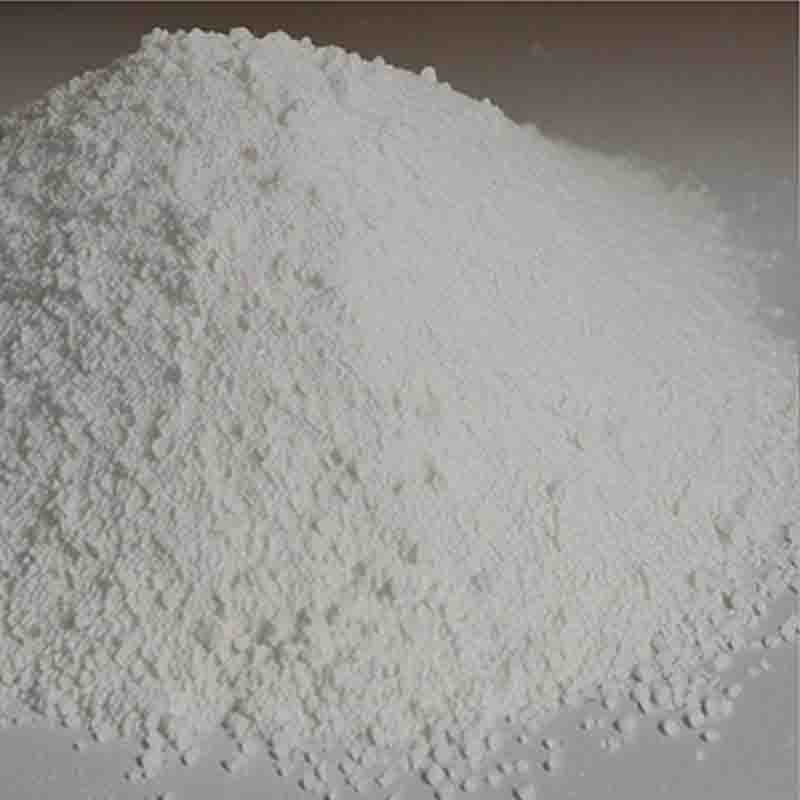Acetic acid, 2-((5-bromo-4-(4-cyclopropyl-1-naphthalenyl)-4H-1,2,4-triazol-3-yl)thio)-, ethyl ester CAS: 1158970-52-5
| Catalog Number | XD93386 |
| Product Name | Acetic acid, 2-((5-bromo-4-(4-cyclopropyl-1-naphthalenyl)-4H-1,2,4-triazol-3-yl)thio)-, ethyl ester |
| CAS | 1158970-52-5 |
| Molecular Formula | C19H18BrN3O2S |
| Molecular Weight | 432.33 |
| Storage Details | Ambient |
Product Specification
| Appearance | White powder |
| Assay | 99% min |
Acetic acid, 2-((5-bromo-4-(4-cyclopropyl-1-naphthalenyl)-4H-1,2,4-triazol-3-yl)thio)-, ethyl ester, also known as a bromo-substituted triazole thioester, is a chemical compound with potential applications in various fields such as medicinal chemistry, agrochemicals, and material science.In medicinal chemistry, this compound can serve as a valuable intermediate for synthesizing novel pharmaceutical agents. The presence of a bromo-substituted triazole group in the structure offers possibilities for drug development. Triazoles have been widely used in the synthesis of drugs due to their reported pharmacological activities, including antimicrobial, anticancer, and antifungal properties. The combination of a bromine atom and a cyclopropyl group can enhance the compound's biological effectiveness and selectivity. Researchers could further explore the compound's potential as an active pharmaceutical ingredient (API) or as a starting point for lead optimization.Moreover, the unique chemical structure of this compound makes it suitable for use in agrochemical research. Agrochemicals play a crucial role in crop protection, enhancing agricultural productivity, and ensuring food security. The bromo-substituted triazole thioester could be assessed for its potential as a pesticide, herbicide, or fungicide. The compound's ability to interact with biological targets and its structural features contribute to its potential efficacy against pests, weeds, or plant diseases. Researchers could investigate its mechanism of action, toxicity profile, and environmental impact to develop safer and more sustainable crop protection solutions.Additionally, the bromo-substituted triazole thioester could find applications in material science. The compound's structural characteristics, including the triazole, thioester, and aromatic naphthalenyl group, make it suitable for the synthesis of new materials with tailored properties. These properties could include improved thermal stability, mechanical strength, or optical properties. Its potential uses in material science applications could range from electronics and sensors to coatings and polymers.In conclusion, acetic acid, 2-((5-bromo-4-(4-cyclopropyl-1-naphthalenyl)-4H-1,2,4-triazol-3-yl)thio)-, ethyl ester, demonstrates potential applications in medicinal chemistry, agrochemicals, and material science. Its unique chemical structure and diverse functional groups provide opportunities for drug development, crop protection, and advancement in material science. Further research and exploration of this compound's properties, biological activities, and potential derivatives could result in the development of valuable pharmaceuticals, agrochemicals, and innovative materials.









